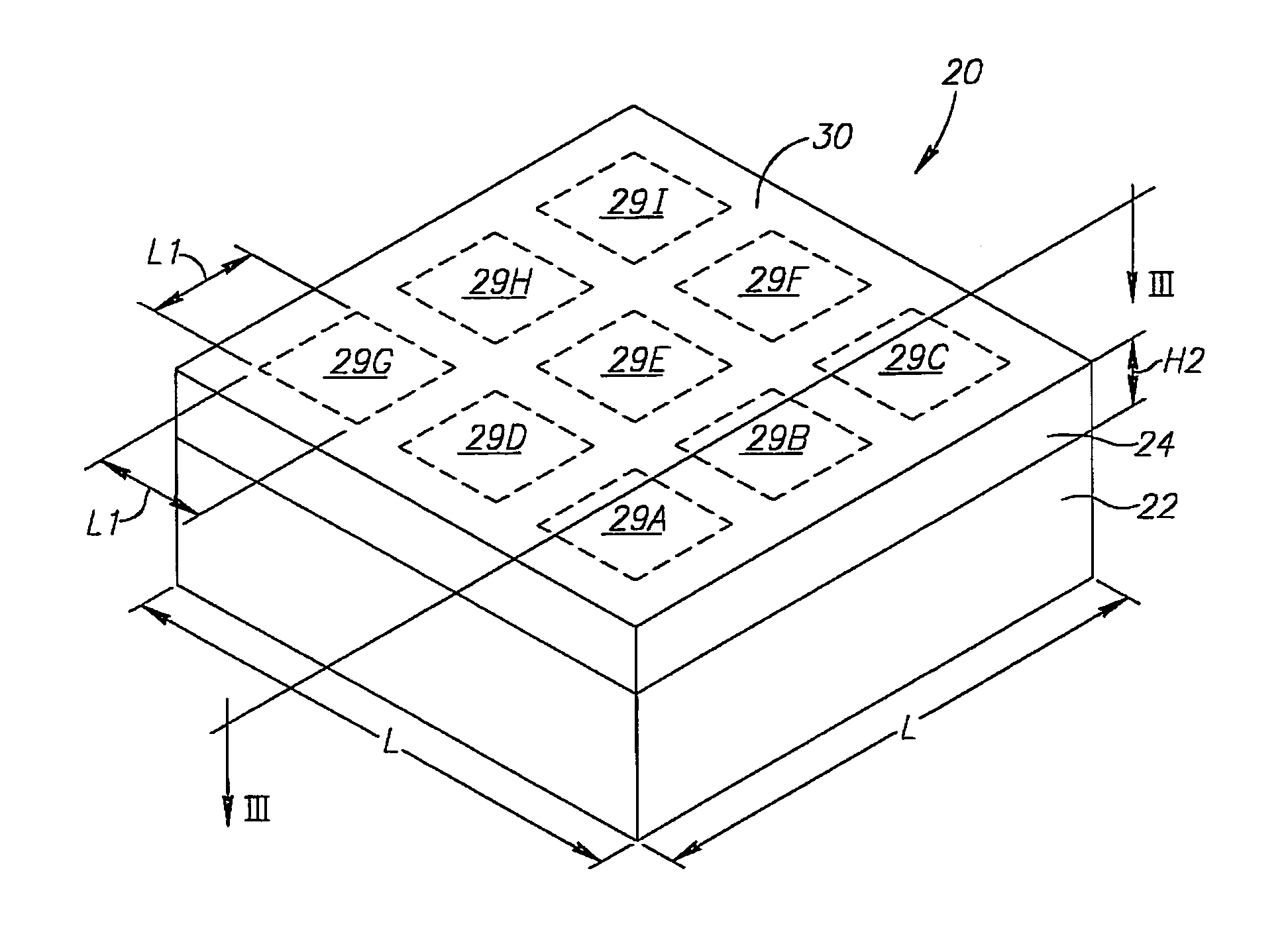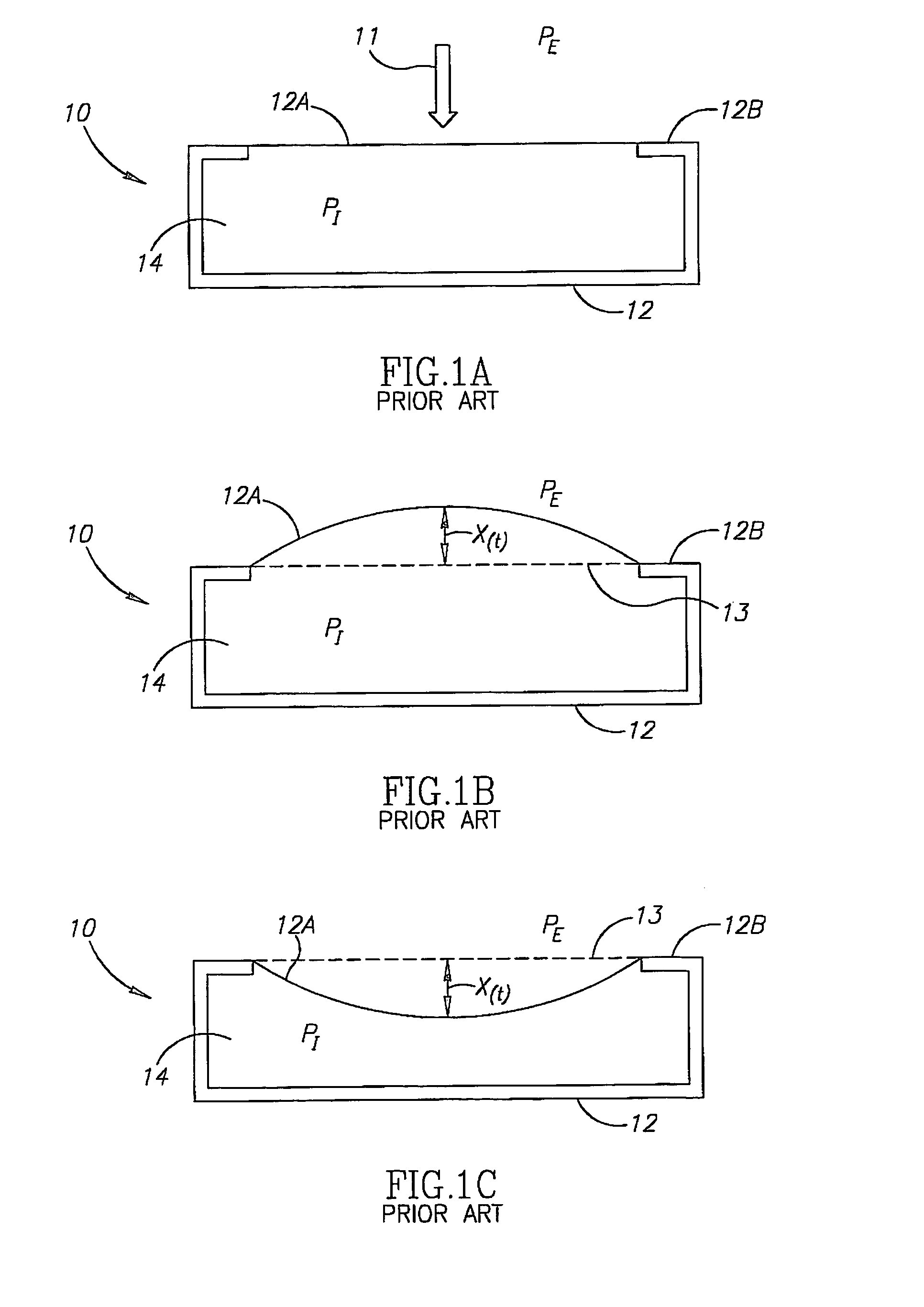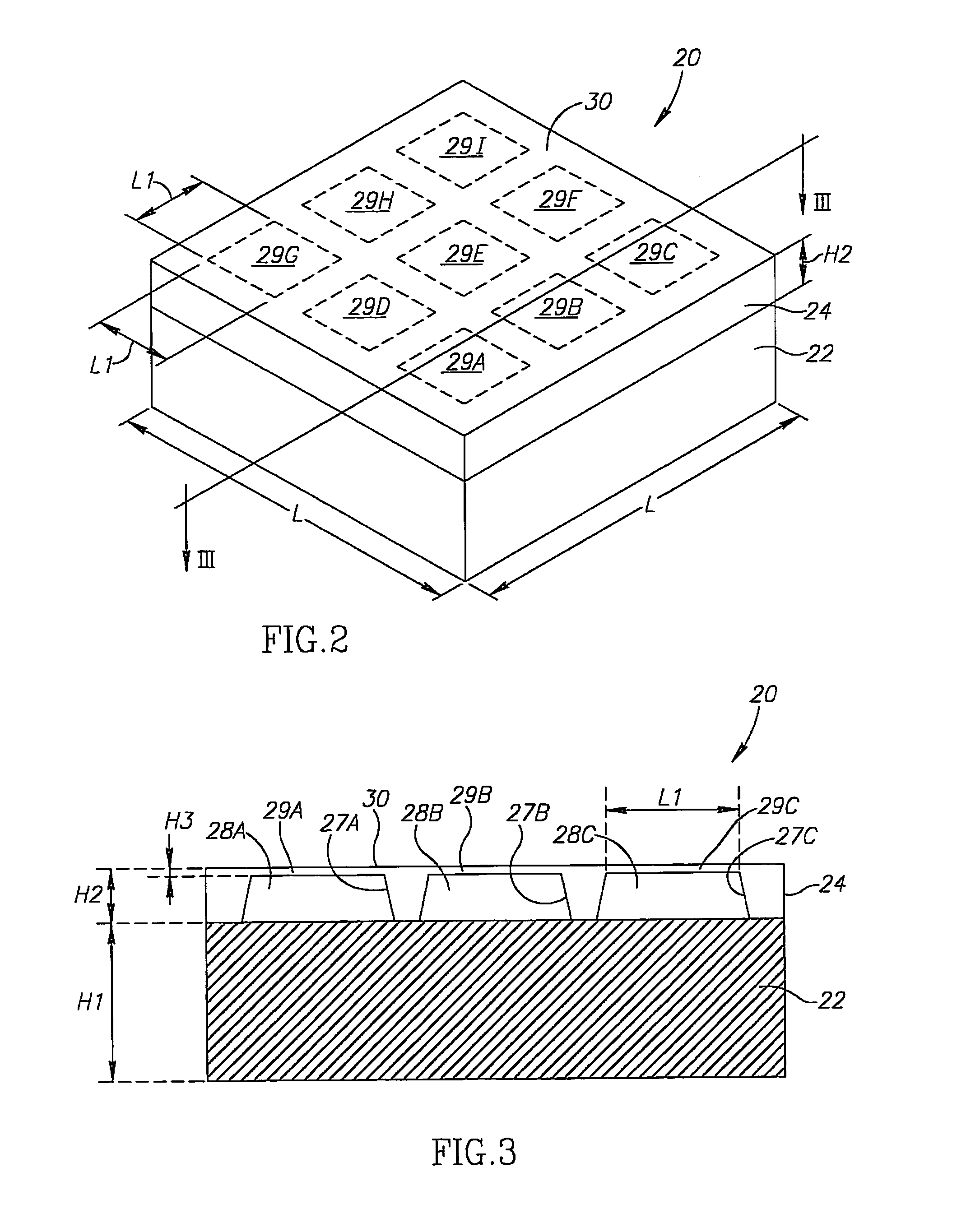Methods and devices for determining the resonance frequency of passive mechanical resonators
a passive mechanical and resonance frequency technology, applied in the direction of fluid pressure measurement by electric/magnetic elements, using reradiation, level indicators, etc., can solve the problems of reducing the dimensions of the vibratable membrane, reducing the energy absorbable, and reducing the sensor's dimensions, so as to determine the sensor's resonance frequency more accurately
- Summary
- Abstract
- Description
- Claims
- Application Information
AI Technical Summary
Benefits of technology
Problems solved by technology
Method used
Image
Examples
Embodiment Construction
Notation Used Throughout
The following notation is used throughout this document.
[0058]
TermDefinitionμmmicrometerA / DAnalog to DigitalACAlternating CurrentAFEAnalog Front EndBBBase bandBPFBand Pass FilterBWBandwidthCHFCongestive Heart FailureCWContinuous waveD / ADigital to AnalogdBDecibeldBrDecibel (relative)DCDirect CurrentDFTDigital Fourier TransformECGElectrocardiogramFDAFood and Drug AdministrationFFTFast Fourier TransformFMFrequency ModulationHPFHigh Pass FilterHzHertzIFIntermediate FrequencyIQIn Phase and QuadratureKHzKilohertzLPFLow Pass FilterMHzMegahertzSNRSignal to Noise RatioTorrTorriceli (pressure unit)USUltrasound
[0059]For the purposes of this application the term “sonic beam” defines any beam of mechanical vibrational energy capable of propagating in a physical medium in which a resonating sensor may be disposed or implanted, including but not limited to beams of sound and beams of ultrasound. The frequency range of the vibrational energy of the sonic beam of the present ...
PUM
 Login to View More
Login to View More Abstract
Description
Claims
Application Information
 Login to View More
Login to View More - R&D
- Intellectual Property
- Life Sciences
- Materials
- Tech Scout
- Unparalleled Data Quality
- Higher Quality Content
- 60% Fewer Hallucinations
Browse by: Latest US Patents, China's latest patents, Technical Efficacy Thesaurus, Application Domain, Technology Topic, Popular Technical Reports.
© 2025 PatSnap. All rights reserved.Legal|Privacy policy|Modern Slavery Act Transparency Statement|Sitemap|About US| Contact US: help@patsnap.com



